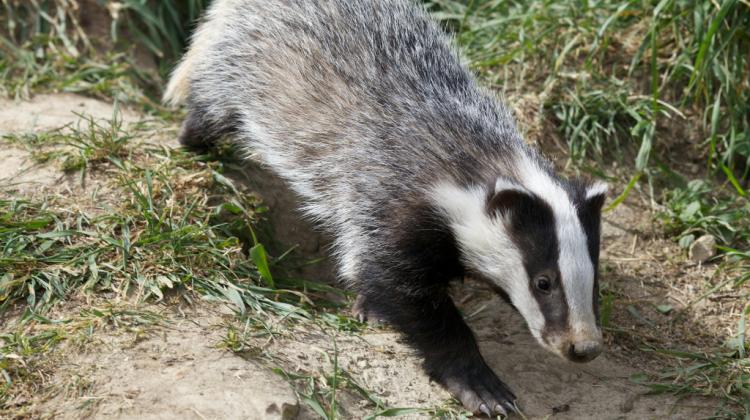Look for badger - atlas of distribution of mammals in Poland

Where in Poland can you find nutria, and where muskrats? Do dolphins live in the wild in Polish waters? Are there areas where there are no foxes? Answers to these questions can be found in the Atlas of Mammalian Distribution, available online.
In the online Atlas of Mammalian Distribution, everyone can see which mammals live in the area. The map of Poland, divided into more than three thousand rectangles, shows where particular mammal species are present. Users can choose among more than one hundred species. There are both common mammals such as foxes and deer, the presence of which was recorded in almost every Polish land rectangle, and rarer mammals, such as sperm whales and garden dormice, which can be found in single locations.
The project is prepared by four main Polish scientific centres of mammal studies: Institute of Nature Conservation PAS, Department of Systematic Zoology, Adam Mickiewicz University in Poznań, Museum and Institute of Zoology PAS in Warsaw and the Mammal Research Institute PAS.
Director of the Institute of Nature Conservation PAS, Prof. Henryk Okarma said in an interview with PAP that atlas is constantly supplemented and updated. Collecting data on the species involves are not only professional theriologists (mammal researchers), but also foresters, hunters, naturalists and lovers of animals. Prof. Okarma points out, however, that not all observations will be included in the atlas. For each species there is a person responsible for coordinating the collection of information about the animal. The person’s task is to verify the received information.
Prof. Okarma acknowledged that the atlas was still incomplete. "The purpose of this atlas is also to show the gaps in knowledge. On the one hand it shows us the known distribution of the species, on the other - places where we have to better investigate widespread species" - said the scientist.
He admitted that it the best studied in Poland are the largest mammals: both ungulates and predators. Less is known about the smaller predators, such as martens, weasels or ermines, as well as small rodents, which, although common in Poland, are the least studied. "If you talk about a bear or lynx, we know that there aren’t any near Poznan. But when it comes to small rodents, they are certainly there, but they are not studied" - said the scientist.
Until now, the main source of information on the presence of all species of mammals in Poland was the "Atlas of Distribution of Mammals in Poland", published in 1983. Data about the animals were collected, however, since the 1950s or the 1960s, so they can not be regarded as up to date. According to Prof. Okarma, a lot has changed since then. For example, European ground squirrel became extinct, and the range of the European hamster shrunk. The European beavers population grew. There are also a species not found earlier, such as raccoons. Reduced rainfall, drainage of rivers and agricultural transformation may contribute to the changes in the Polish fauna.
The project is to be completed next year; the atlas may also be published in book form. "But we hope that this atlas will also remain on the Internet and will be alive, constantly supplemented" - said Prof. Okarma .
The atlas is available at: http://www.iop.krakow.pl/ssaki/
PAP - Science and Scholarship in Poland
lt/ agt/ mrt/
tr. RL
Przed dodaniem komentarza prosimy o zapoznanie z Regulaminem forum serwisu Nauka w Polsce.















